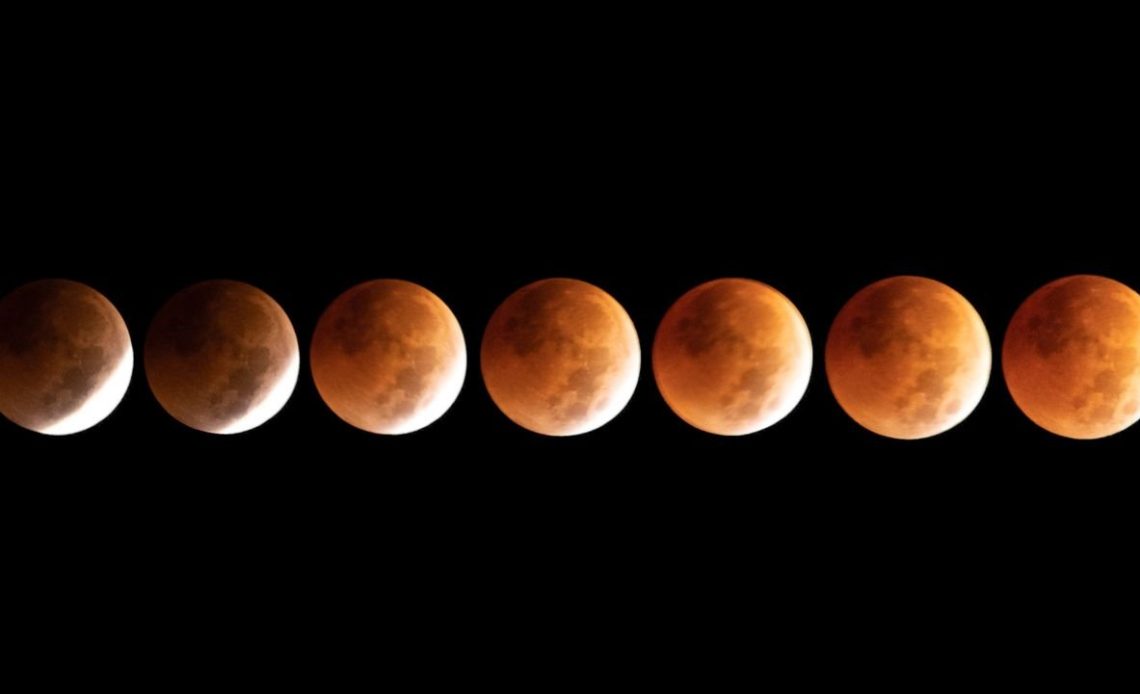
It may not be as dramatic as a total solar eclipse, but there’s something equally epic about watching Earth’s shadow gradually engulfing and coloring the moon during a total lunar eclipse. The next total lunar eclipse — colloquially called a “blood moon” — will occur on Sept. 7-8, 2025, but it won’t be another 177 days until the phenomenon is visible from parts of North America, on March 2-3, 2026.
An eclipse of the moon is a global event, happening at a specific time, and only those on the night side of Earth see it. On Sept. 7-8, North America won’t be on the night side, with prime visibility limited to Africa, India, China and Australia. Western Europe will get a glimpse of the event at moonrise, but mostly misses out on the event, too. That’s a shame because the Sept.7-8 total lunar eclipse will see the lunar surface turn reddish for 82 minutes, just as it did on March 13-14, 2025, when moongazers in North America were in prime position for some spectacular photos.
However, exactly one lunar year — 354 days (12 orbits of the moon around Earth) — later, another total lunar eclipse will be visible from North America. The next blood moon visible from North America will be overnight on March 2-3, 2026, when the lunar surface will turn reddish for 58 minutes. It will be seen from North America, Australia and East Asia, though the epicenter will be the Pacific Ocean.
It’s a case of the farther west you are in North America, the better view you’ll get. In fact, skywatchers in New York will see only a short totality at the moonset on March 3. Even in the Midwest, totality takes place close to the moonset, with only those west of Kansas seeing totality higher in the sky. That’s important because the moon tends to glow orange when it’s close to the horizon anyway, so the redness of totality loses its impact when it occurs close to the horizon.

Although the West Coast — California, Oregon, Washington and Alaska in the U.S., and British Columbia in Canada — will get to see all stages of the eclipse high in the sky, arguably the best places will be those with reliably clear skies. In March, your best chances are the desert southwest (the southern regions of California, Arizona and New Mexico) and Hawaii, according to data from Time and Date.
The March 2-3, 2026 total lunar eclipse is the third of three in a row inside one lunar year. Total lunar eclipses — which always occur during a full moon — often arrive in triads, accompanied by at least one solar eclipse two weeks before and/or after. In this case, it’s preceded by an annular solar eclipse caused by a new moon on Feb. 17, 2026, during which 96% of the sun’s disk will be blocked by the moon for up to 2 minutes 20 seconds — but only as seen from Antarctica.
Author: Jamie Carter
Source: Space.com
Reviewed By: Editorial Team



